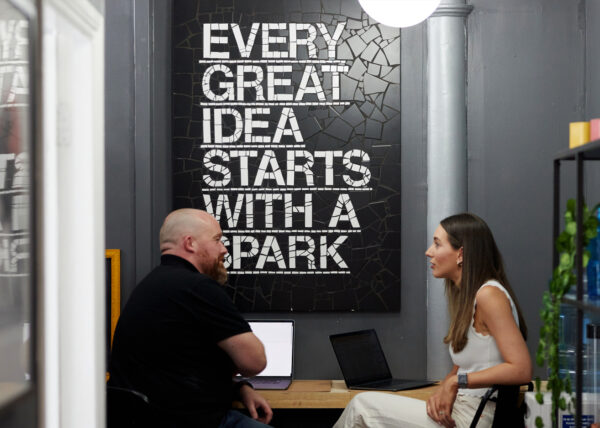
Influencer Marketing 101
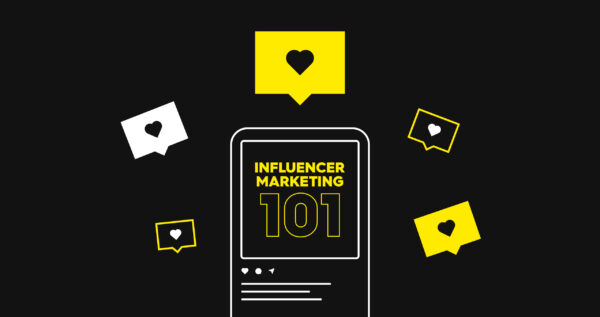
Influencer Marketing is a hot topic in the creative sector, and while the topic still seems to be controversial, we think it’s here to stay. It’s catching attention, more and more businesses are starting to see the benefit of it and overall the thought-process behind it makes sense. In general, these are real people who have built semi-real lives, forming small to large communities of particular interests that they create and feed content to. 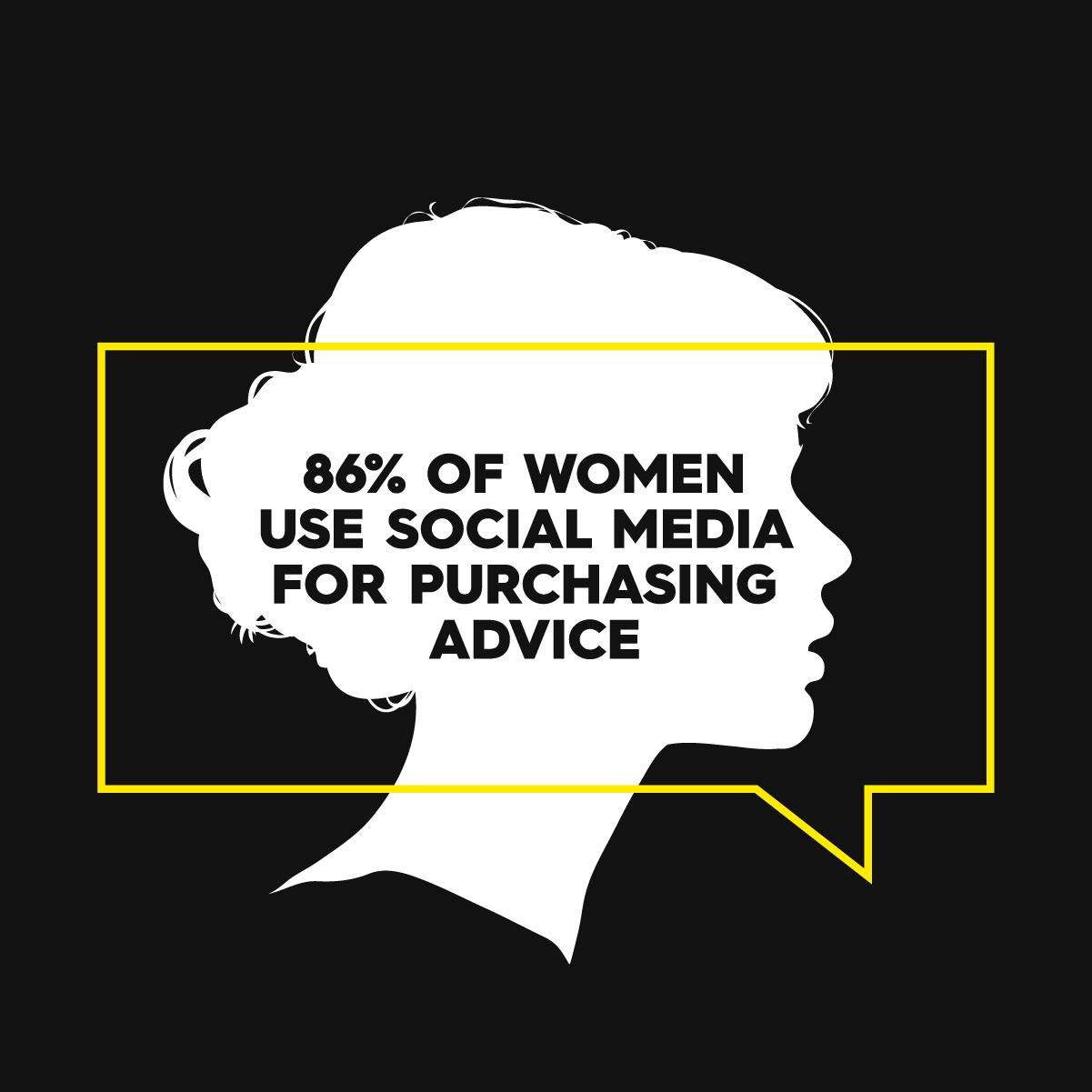
Why is it working? Because of trust. Currently 70% of teens trust influencers more than traditional celebrities and 86% of women use social media for purchasing advice (Digital Marketing Institute). It’s difficult for a brand to build that level of trust if their sole intention is to sell more products.
Why the negativity? Like most negativity with marketing, a lack of strategy and understanding how the sector works will generally lead to poor ROI. With an influencer, you’re not just investing financially, your product’s reputation is on the line.
Last quarter, many of us had the opportunity to attend an Influencer Masterclass, hosted by BIMA and led by some amazing speakers, including Viv Yau, founder of Manchester’s first dedicated influencer marketing agency, Bee Influence. While our Social and Marketing team at Spark are thoroughly experienced in the in’s and out’s of Influencer Marketing, regulations are changing and an update couldn’t come soon enough as the Spark team had just begun working on a digital campaign with teeth whitening brand BlanX, featuring beauty influencer Laila Loves (rocking 1.5 million followers on Instagram) and will soon be working on a new influencer campaign with Perfect Human, a fashion brand due to launch in November.
Throughout the masterclass, Viv covered the types of influencers out there, their positives and negatives and aimed to dispel some current myths about the industry. Here is our recap of some notable points for those new to the Influencer Marketing world and those wanting to use it to their advantage.

Nano Influencers – Those who have less than 1,000-10,000 followers. While their following is lower, these influencers generally have higher engagement and therefore more trust from their followers. This is more of a two-way relationship of engagement between the influencers and their followers.
Micro Influencers – These are influencers with a slightly bigger audience (10,000-50,000). They can be less experienced with branded material but their follows are still seen to be genuine.
Macro Influencers – Is someone with between 50,000-300,000 influencers. They generally have strong, well made content, some brand experience and focus their content on a specific sector or niche.
Mega Influencers – Those with 1,000,000+ followers. While they have a wide audience and most likely have experience with branded material, for a while these influencers were coming under scrutiny for bought audiences. Our Account Manager Emma Bell, having worked with influencers for over 5 years, notes that luckily more and more brands (and influencers) are wising up this, meaning it’s not as much of a concern as before.
Thought-Leaders – Those who are well-known within a specific community for being an expert or authority on a certain sector (e.g. Gary Vee for Business). They have a strong following of people who are looking for opinions on sector trends.
While many brands see the the amount of followers as the most important factor, Viv explains that this isn’t always the case.
A couple key points as to what is more important than follower size:
On top of this, we feel:
While it does fall into the top three sectors that see the most benefit from influencers (along with Healthcare and Travel & Lifestyle (GroupHigh)), ultimately, success should be measured with ROI like sales or a spike in traffic. But there are plenty of sectors out there who have influential people we turn to for advice, be it finance, home improvement, business or parenting.
To get the best out of the content you’re commissioning them to make, use the influencer as part of your creative team instead as just a model or actor for your product. Remember: They have built the audience you are trying to target, so they know how to speak to them. Likewise, chances are most of the material that they create isn’t storyboarded or scripted, so giving them a say with how the promotion should run will make it more personal.
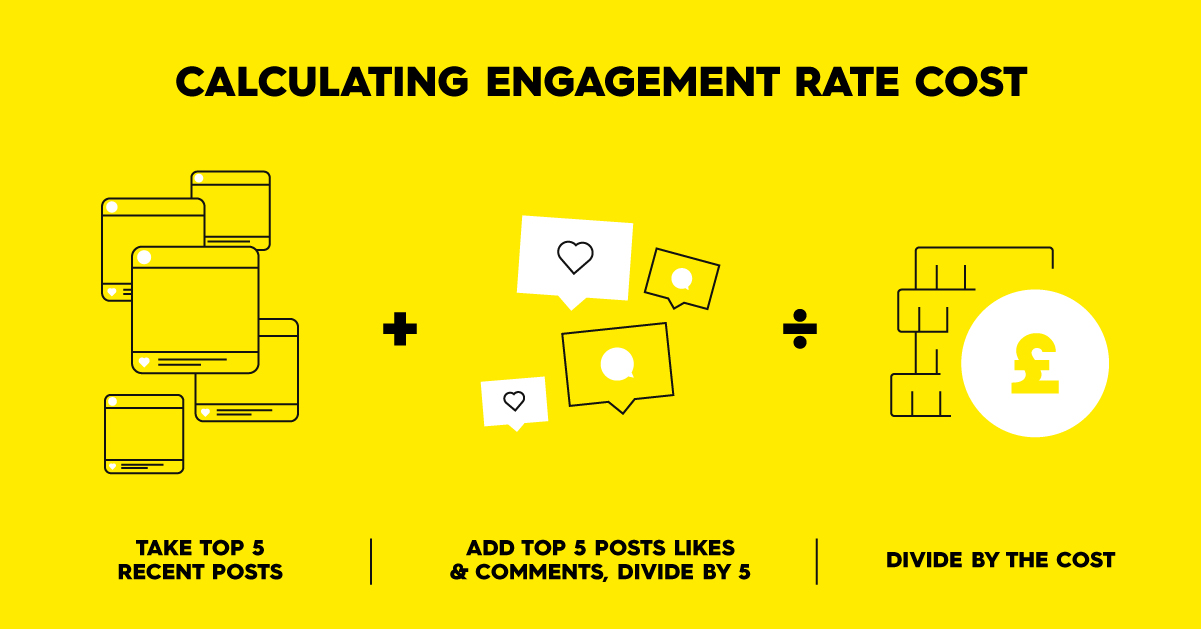
They can be, but they don’t have to be. The biggest concern for brands is that they won’t be able to track the impact the influencer is having. Viv recommends checking their engagement rate cost by using a simple equation:
Take their top 5 recent posts. Add the likes and comments on those posts together and then divide by 5 to find the average likes per post. Once you have the average, divide by the cost. This will give the engagement rate cost.
On top of this, it’s important to have a tracking system in place. For instance, allocating a promo code to the influencer allows for you to see how many new sales happen because of them.
Podcasts appear to have no end in sight. The biggest benefit of podcasts is how universal they area. There are podcasts for every sector and more and more celebrities, comedians and journalists are making a name for themselves as thought-leaders on specific topics. They are easily consumable on the go, there are low ads and distractions (nor do the advertisements seem to offend anyone.) Overall, a new great platform for advertising, either directly through sponsorship or indirectly through the episode’s content.
Platforms such as Instagram now have shop-able tags. Viv predicts that this might change the objective for brands from driving ROI from site sales to direct sales from the influencer’s page. Secondly, for those accounts that have 10k+ followers, you can now add a “swipe up to purchase” or “swipe up to view” feature to you IG stories. This means that followers can buy directly from you or read an article you’ve just posted without ever leaving your page.
Instagram TV allows viewers to show longer (up to 60 minutes) content. The content is now totally uninterrupted, and allows for a 1 minute preview which dramatically increases engagement with the video. For those brands who are unsure about the vertical landscape of Instagram, IGTV also supports horizontal formats, meaning you have more control over the content’s visuals.
If you can’t get enough of ‘Black Mirror,’ this is one for you. AI has now come on to the influencer scene with Daisy Paige, a virtual influencer. Created by Spark CGI (no relation), Daisy is very controversial within the influencer-world. The benefits is that she’s very safe for brands since she has no negative ‘past’ that will come up to tarnish any campaign or company reputation. However, there is a second argument that she lacks authenticity.
Overall, what influencer strategy to go with and how to integrate it into a creative campaign depends on the brand, sector and desired outcome.
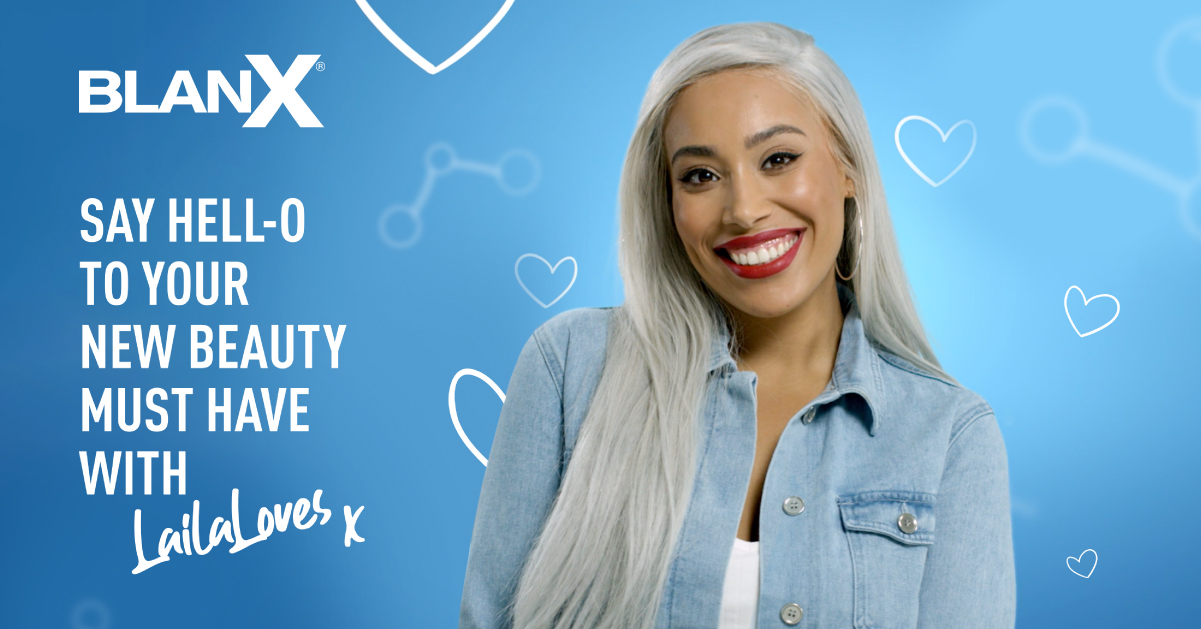 We like taking a multi-influencer approach as part of our creative campaigns. Working with BlanX on the creative campaign for their new product launch, O3X, it made sense to focus the hero campaign around a mega-influencer as the product’s ambassador, given her credibility and reach within the beauty sector. This was used as part of a bigger campaign, using creative elements like animation to distinguish O3X in the market and to create a playful science approach to create standout and appeal to that demographic, with a strategy and media spend to ensure optimisation and track-ability. BlanX then partnered with multiple micro-influencers to target specific communities. Often using multiple ‘smaller’ influencers can be a cost effective way to reach a specific audience, while knowing the audience will be listening.
We like taking a multi-influencer approach as part of our creative campaigns. Working with BlanX on the creative campaign for their new product launch, O3X, it made sense to focus the hero campaign around a mega-influencer as the product’s ambassador, given her credibility and reach within the beauty sector. This was used as part of a bigger campaign, using creative elements like animation to distinguish O3X in the market and to create a playful science approach to create standout and appeal to that demographic, with a strategy and media spend to ensure optimisation and track-ability. BlanX then partnered with multiple micro-influencers to target specific communities. Often using multiple ‘smaller’ influencers can be a cost effective way to reach a specific audience, while knowing the audience will be listening.
Keep a look out for our next influencer fused campaign with Perfect Human, to launch in November 2019!